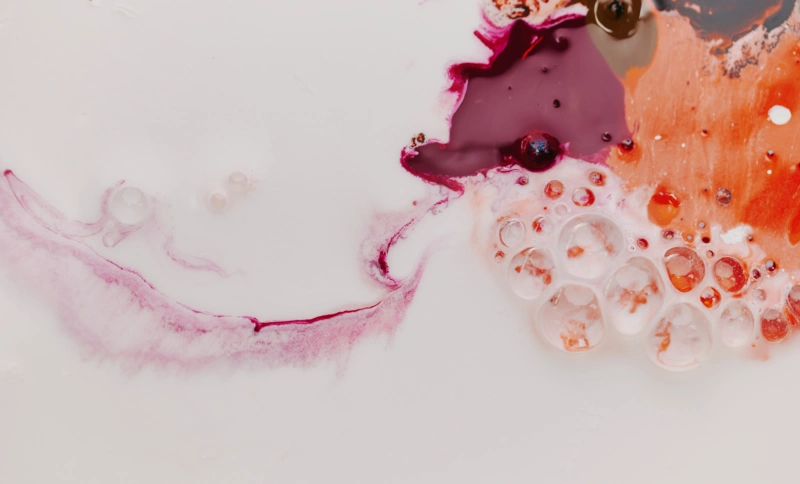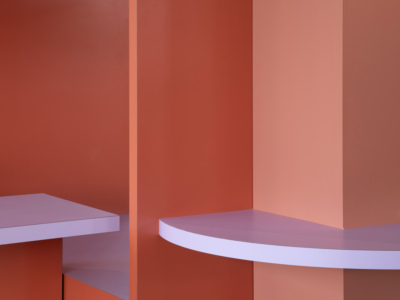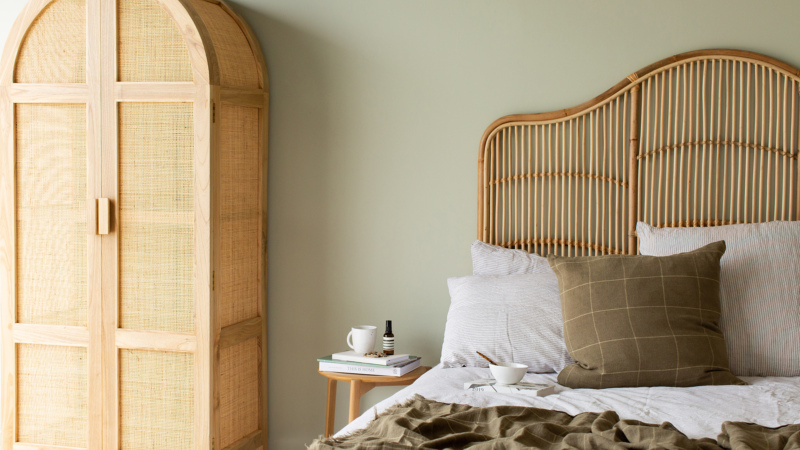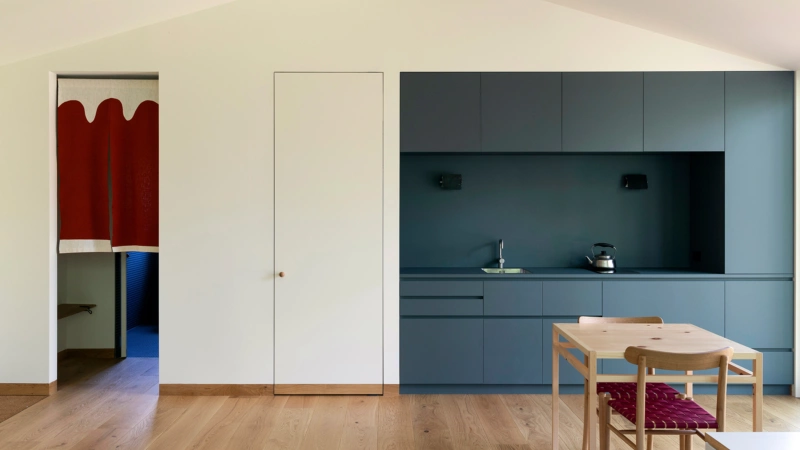
Understanding the philosophy of colour
Colour has a profound impact on our emotions, perceptions, and overall well-being. It has the ability to evoke specific moods, convey messages, and transform spaces. In this article, we delve into the philosophy of colour, exploring the fascinating realm where science, psychology, and art converge.


Each colour carries its own unique symbolism and associations.
The language of colour
Colour is a universal language that transcends cultural and linguistic barriers. Each colour carries its own unique symbolism and associations. For example, red symbolises passion and energy, while blue evokes a sense of calm and tranquility. Understanding the language of colour enables us to use it intentionally in our living spaces to create desired atmospheres and evoke specific emotions.
Colour and psychology
Colours have a profound psychological impact on our emotions and behaviours. Warm colours like red, orange, and yellow are known to stimulate energy and create a sense of warmth and excitement. Cool colours such as blue, green, and purple, on the other hand, have a calming effect and can promote relaxation and concentration. By harnessing the power of colour psychology, we can transform our environments to enhance our well-being.
Cultural significance
Colours hold different cultural meanings and associations across the globe. For instance, white symbolises purity and new beginnings in Western cultures, while it represents mourning in some Eastern cultures. It is essential to consider cultural connotations when selecting colours for international or multicultural audiences. By understanding the cultural significance of colours, we can respect and appreciate the diversity of interpretations.
Colour hamony
Harmonious color combinations are essential for creating visually appealing and balanced environments. The color wheel serves as a valuable tool for understanding color relationships. Complementary colors, found opposite each other on the color wheel (e.g., blue and orange), create a vibrant contrast. Analogous colours, situated next to each other (e.g., blue and green), provide a harmonious and soothing effect. By leveraging colour harmonies, we can achieve a cohesive and pleasing aesthetic in our spaces.
Colour in design
Colour plays a pivotal role in design, influencing our perceptions and experiences. In interior design, colours can define the style and mood of a space. Bold and vibrant colours can add drama and energy, while softer hues create a serene and relaxing ambiance. Understanding colour theory and its application in design allows us to create visually captivating and functional spaces that resonate with our intentions.
Personal expression
Colour choices are deeply personal and can reflect our individuality, values, and personality. Whether we prefer vibrant and eclectic palettes or subdued and minimalist tones, the colours we surround ourselves with can be a form of self-expression. Embracing our unique colour preferences allows us to curate spaces that align with our personal style and evoke a sense of authenticity.

